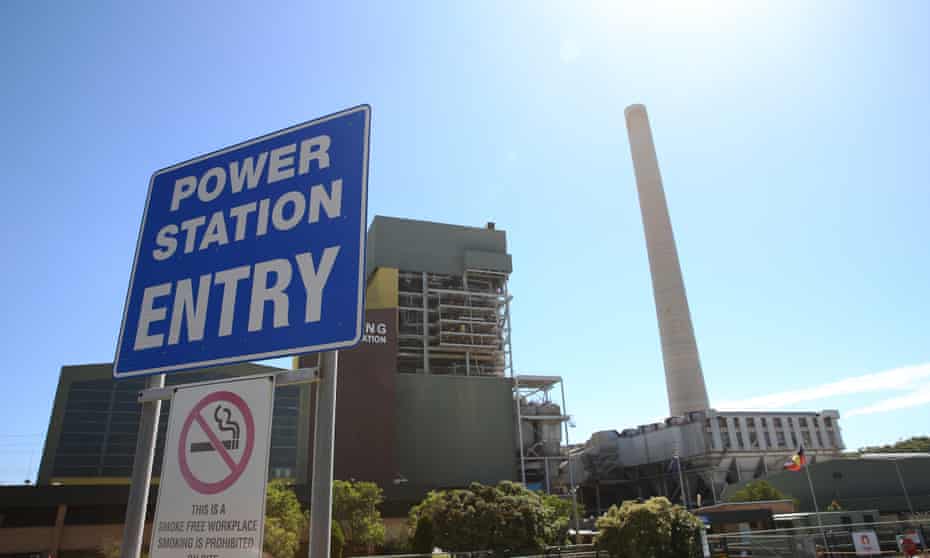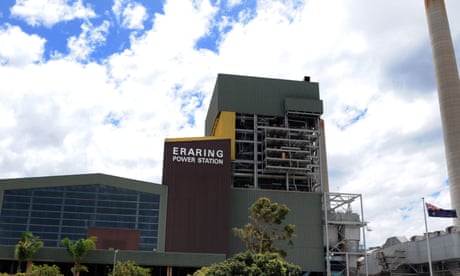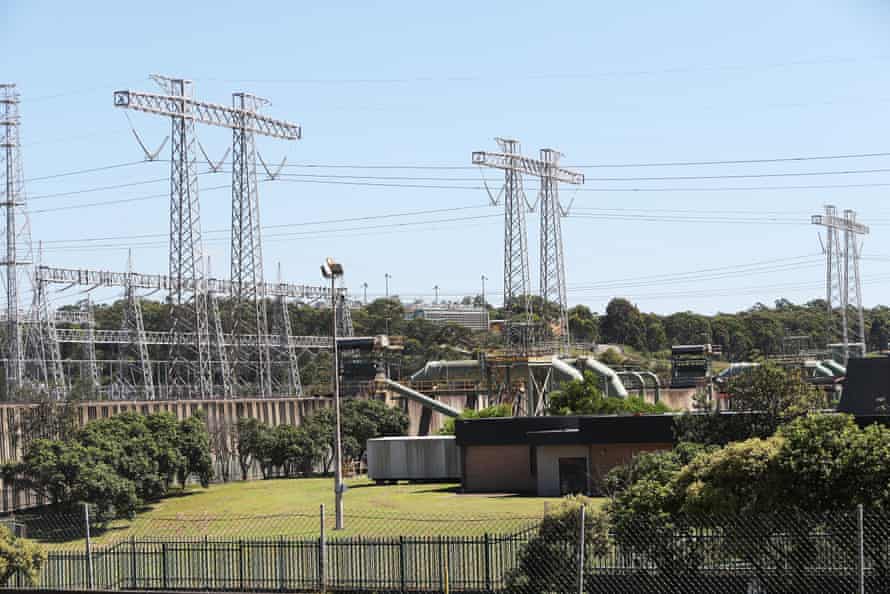Extract from The Guardian
As Australia’s largest coal-fired plant announces an early closure, groups say government intervention in market ‘undermines confidence’

Last modified on Fri 18 Feb 2022 20.45 AEDT
Clean energy companies have asked the federal government “not to get in the way” of the private sector by investing in another publicly owned gas-fired power station to replace Australia’s largest coal-fired plant.
Angus Taylor, the energy and emissions reduction minister, said on Friday the government had shown it would “look at all options” to ensure there was enough “dispatchable” capacity in the electricity market after the Eraring coal plant, on the shore of Lake Macquarie in New South Wales, closes from 2025.
Origin announced on Thursday it would bring forward the 2880-megawatt plant’s closure from 2032 due to an influx of solar and wind energy making traditional coal plants economically unviable. It had been negotiating with the New South Wales state government for months ahead of the announcement, but Taylor was blindsided, having only been told on Wednesday night.
The Nature Conservation Council of NSW estimated Eraring’s early exit could reduce the plant’s lifetime greenhouse gas emissions by up to 87m tonnes, and described it as a “ray of hope for leaving a safe climate for our children”.
Taylor said the government would prefer the private sector to build the needed new capacity – likely to be batteries, pumped hydro and gas plants – but left open the possibility it would step in if it was not satisfied.
The Morrison government is already spending $600m on a new gas plant at Kurri Kurri in NSW’s Hunter Valley to coincide with the closure of the Liddell coal plant next year. Some analysts believe the gas plant, to be owned and operated by the commonwealth-owned Snowy Hydro Ltd, is not necessary to ensure a reliable electricity supply and have questioned its commercial viability.
Kane Thornton, the chief executive of the Clean Energy Council, said Origin’s announcement would prompt companies to immediately reassess electricity investments that did not previously stack up. He said there was a “massive pipeline” of potential renewable energy and battery projects across Australia, but companies felt uncertainty over whether the federal government would intervene in the market and change their viability.
“There’s still that uncertainty hanging over the marketplace. It just undermines confidence,” he said. “There is no doubt we can build enough capacity [to replace Eraring]. We just need the government not to get in the way and disrupt the market.”
Thornton said the 660MW gas generator being built at Kurri Kurri was “an excellent example where the government had confused the market”. He said in an ideal world the federal government would introduce a national climate and energy policy to guide cleaner investment. He cited the example of the NSW electricity infrastructure roadmap, which passed parliament with multiparty support and is intended to underwrite the construction of 12GW of renewable energy and 2GW of storage.

The closure of Eraring, which was built in the early 1980s, was “exactly what is meant to happen”, Thornton said. “We need the coal to come out to create space for more generation to come in. That’s the market behaving as it is intended to.”
The Australian Electricity Market Operator said on Thursday that planned additional capacity, including a new battery meant to remove network constraints around Sydney, Newcastle and Wollongong, and accelerated support for transmission links from the NSW government, meant the state would have access to enough electricity generation when Eraring closed.
But Taylor said Eraring’s closure could lead to a repeat of a spike in wholesale electricity prices after the Hazelwood coal plant in Victoria shut in 2017. “A gap of this scale, if not addressed, will drive up energy prices,” he said.
“Our preference is always for the private sector to make those investments. That’s why we’re encouraging, through national cabinet, a capacity mechanism – again imposed by some. But this is crucial to make sure that we have enough capacity coming into the market. We’ll work with all players to make sure we’ve got that.”
 |
In addition to Kurri Kurri, Taylor said the government was building a multi-billion dollar Snowy 2.0 pumped hydro project, supporting the construction of new transmission links and had dedicated more than $50m to help the development of two privately owned gas developments. But a promised energy plant underwriting program remains in flux, with no contracts signed nearly three years after a shortlist of contenders was announced.
The Eraring announcement was the latest in a series of early coal plant closures prompted by the rise of cheaper renewable energy, which now provides more than 30% of grid generation and is forecast to reach at least 69% by 2030.
Aemo underlined the scale of the transformation under way when it released a draft plan for the grid’s future in December. It suggested the country’s coal-fired power plants were likely to shut almost three times as fast as set out in official schedules, and said an optimal future grid would require a ninefold increase in large-scale wind and solar and a trebling of the “firm” capacity that could be dispatched whenever required.
The Australian Energy Council, representing electricity generators, said the earlier closures were significant but not unexpected. “Announcements of closures provide time to adjust and are likely to act as a spur to new investment to meet gaps identified in the market and to meet reliability needs,” the council’s chief executive, Sarah McNamara, said. “We are already seeing new battery proposals, along with pumped hydro and gas peaking plant.”
The Greens said if they held the balance of power after the upcoming election they would call for the publicly owned Snowy Hydro corporation to be expanded and repurposed to build more than 25GW of wind, solar and energy storage over the next decade.
The party’s leader, Adam Bandt, said under the plan Snowy Hydro would be renamed Clean Energy Australia and given $40bn equity to invest in new generation needed to replace coal. A not-for-profit retail arm, called Power Australia, would sell electricity on a cost-price basis to keep down household and business power bills.
“With a massive government-led build of renewables, we can tackle the climate crisis while growing jobs,” Bandt said.
No comments:
Post a Comment